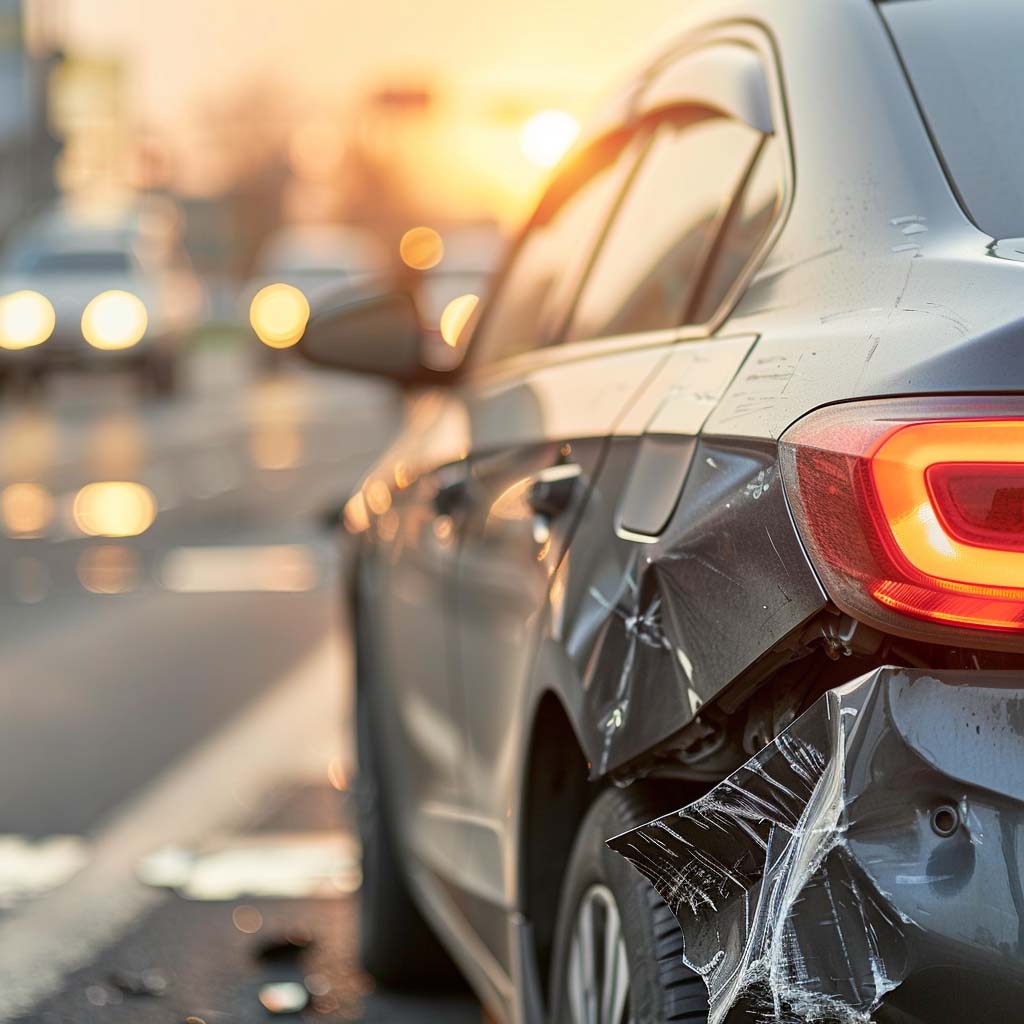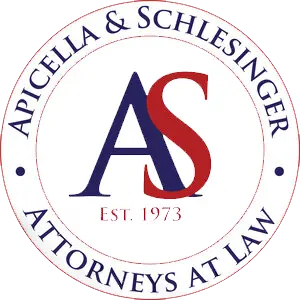If you’ve been involved in an accident where a driver pulled out in front of you, we can help you understand your rights and guide you through the legal process.
Getting into a car accident can be a stressful and overwhelming experience, especially when you’re left wondering who is at fault. If you were driving in New York and another car pulled out in front of you, causing a collision, the question of fault is crucial for insurance purposes and any potential legal claims. Understanding how fault is determined in such situations can help you protect your rights and seek compensation for damages or injuries.

Understanding New York’s Comparative Negligence Law
New York follows a comparative negligence rule, which means that fault can be shared between multiple parties involved in an accident. This law allows for assigning fault percentages to both the driver who pulled out and the driver who collided with them. For example, if a driver pulled out in front of you and caused a crash, that driver might be found 80% at fault, while you could be 20% at fault for not reacting quickly enough to avoid the accident.
The comparative negligence system impacts how compensation is awarded. If you were found to be partially at fault, any compensation you are entitled to could be reduced by the percentage of your fault. So, if your damages were $10,000 and you were found 20% at fault, you would receive $8,000 in compensation.
When Is the Driver Who Pulled Out in Front of You at Fault?
In many cases, the driver who pulls out into traffic is considered at fault because they are typically required to yield the right of way. According to New York’s traffic laws, drivers entering a roadway must ensure that it is safe to do so without interrupting traffic flow. Typical scenarios where the driver who pulled out is likely to be at fault include:
- Pulling out from a driveway or parking lot: A driver exiting a driveway, parking lot, or side street must yield to vehicles already on the main road. If they fail to do so, they are likely responsible for causing the accident.
- Turning into oncoming traffic: If a driver makes a left turn or pulls out from a side street into the path of an oncoming vehicle, they may be at fault for not yielding.
- Failure to obey traffic signs: A driver who disregards a stop sign, yield sign, or traffic light before pulling into traffic is typically considered responsible for any resulting accident.
When Could You Be Partially at Fault?
Even if the other driver pulled out in front of you, there are situations where you could be assigned partial fault for the accident. Some examples include:
- Speeding: If you were driving above the speed limit during the crash, it may be argued that you contributed to the accident because you would have had more time to stop or react if you were driving within the legal speed limit.
- Distracted driving: If you were distracted, such as texting or not paying attention to the road, and failed to react in time to avoid the collision, you might be found partially responsible.
- Tailgating: Following too closely behind another vehicle reduces your reaction time, and if a car pulls out in front of you suddenly, you may not have enough time to stop. This could possibly lead to you being found partially at fault for the accident.
What Should You Do After a Car Accident in New York?
If you are involved in an accident where a car pulled out in front of you, it’s important to take the following steps to protect yourself legally and financially:
- Call the police: Always contact the police after an accident, no matter how minor it may seem. The police report can be a crucial piece of evidence when determining fault.
- Gather evidence: Take pictures of the accident scene, including the vehicles involved, damage, road conditions, and any traffic signs or signals. If there were any witnesses, get their contact information, as their testimony could help clarify what happened.
- Seek medical attention: Even if you feel fine after the accident, seeking medical attention is important. Some injuries may not be immediately apparent, and having medical records can support your compensation claim.
- Contact an attorney: Navigating the legal aspects of a car accident can be complicated, especially when fault is disputed. An experienced personal injury attorney can help you gather evidence, negotiate with insurance companies, and, if necessary, represent you in court to seek fair compensation.
How Apicella & Schlesinger Attorneys at Law Can Help
If you’ve been involved in an accident where a driver pulled out in front of you, Apicella & Schlesinger Attorneys at Law can help you understand your rights and guide you through the legal process. We have decades of experience representing clients in the Bronx, New York, and surrounding areas in personal injury cases. Our team is dedicated to helping you get the compensation you deserve for medical bills, lost wages, and pain and suffering.
